London Adventure! Day 9!
It's very sad to say that we are now coming to the last days of being in London. After a grand total of 8 days in London I am pleased to say that I have fallen in love with this grand city. The city is so diverse and full of life there is literally something to see on each corner that is completely different than in the United States. It's also true to say that everything here that would interest so many different people, is free. There are of course other things you can do that cost money, like catch one of the many shows that go on every night or take a tour of the Harry Potter set in London. Even so, on this day, January 26th, the 9th day that we have been here, we did something very science-y, the Science Museum, which happened to be free.
 |
| Entrance of Science Museum |
 |
| Oldest surviving engine built by Watt and Boulton |
 |
| Newly Discovered Bust of James Watt |
IMAX FILM
| Advert of the IMAX film |
What Time is It?
The last thing that I thought was really interesting in the museum was John Harrison's wooden clock. Now a quick recap of who John Harrison was, he was the guy who practically figured out the longitude problem, which was to find longitude for sailors out at sea. As described in the book Longitude, Harrison was a very grand watch maker and created a series of watches for the longitude problem, but before that he had created a very unique clock. What really intrigued me at the museum was a clock that he built entirely out of wood and brass. Most clocks were made up of different metals and therefore had to be oiled so that the cogs would spin properly, not this clock. Harrison made the cogs and the entire frame out of a wood that secreted it's own oil so that it would not require the need for tinkering.
 |
| Front view of wooden and brass clock |
 |
| Side view of clock to see wooden cogs |
This city holds so many different things to see and I wish our time here was one that would last a lot longer than what we're here for. There really isn't ever enough time to witness and experience everything that you could in a new city. This journey was one that brought not only our minds and bodies to a different experience but it also brought our class a bit closer as well. Travelling with such a small group of people in this big city really brings different things into perspective. Such a shame we have to go home, but we all bought souvenirs to show off our time here in London.
Cheers.
Asia










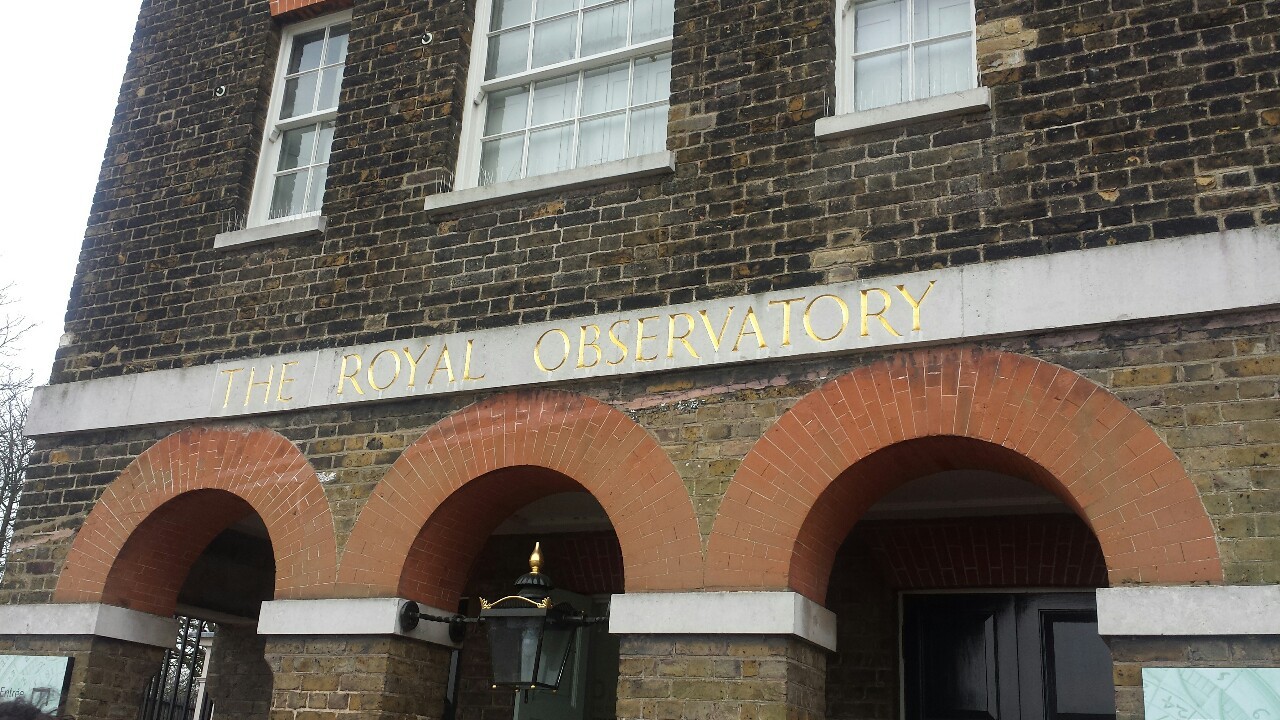
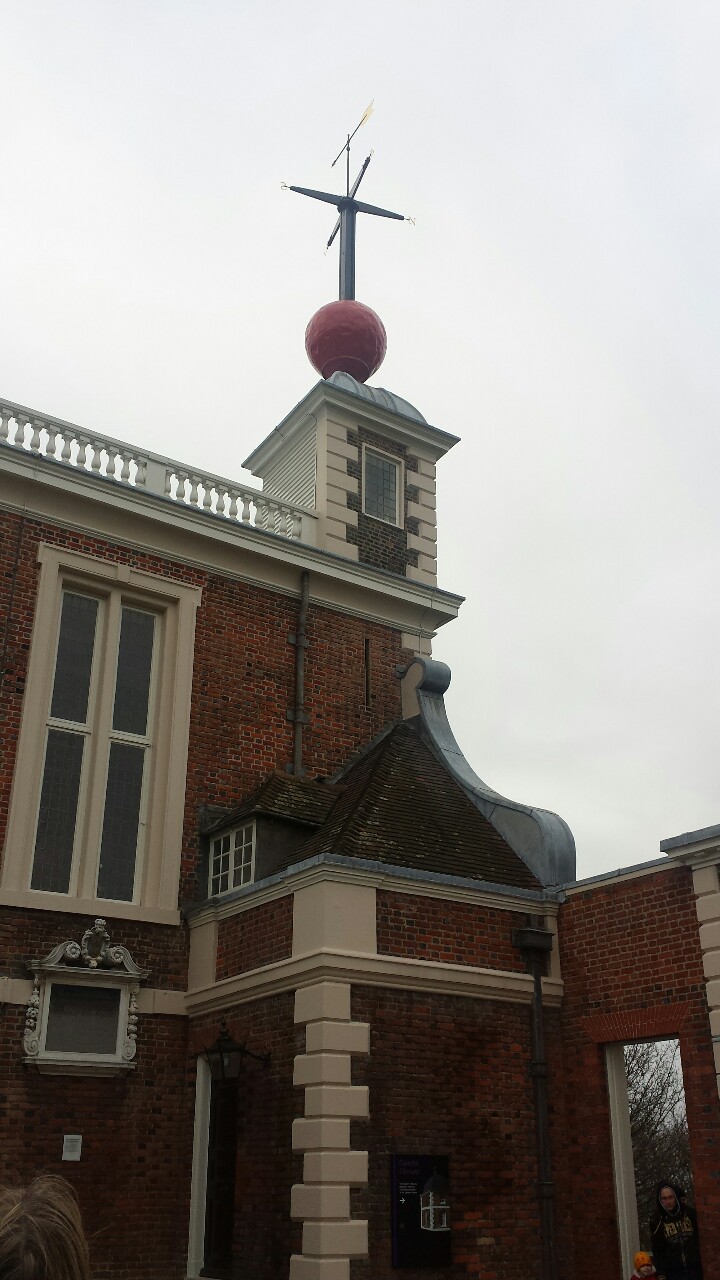
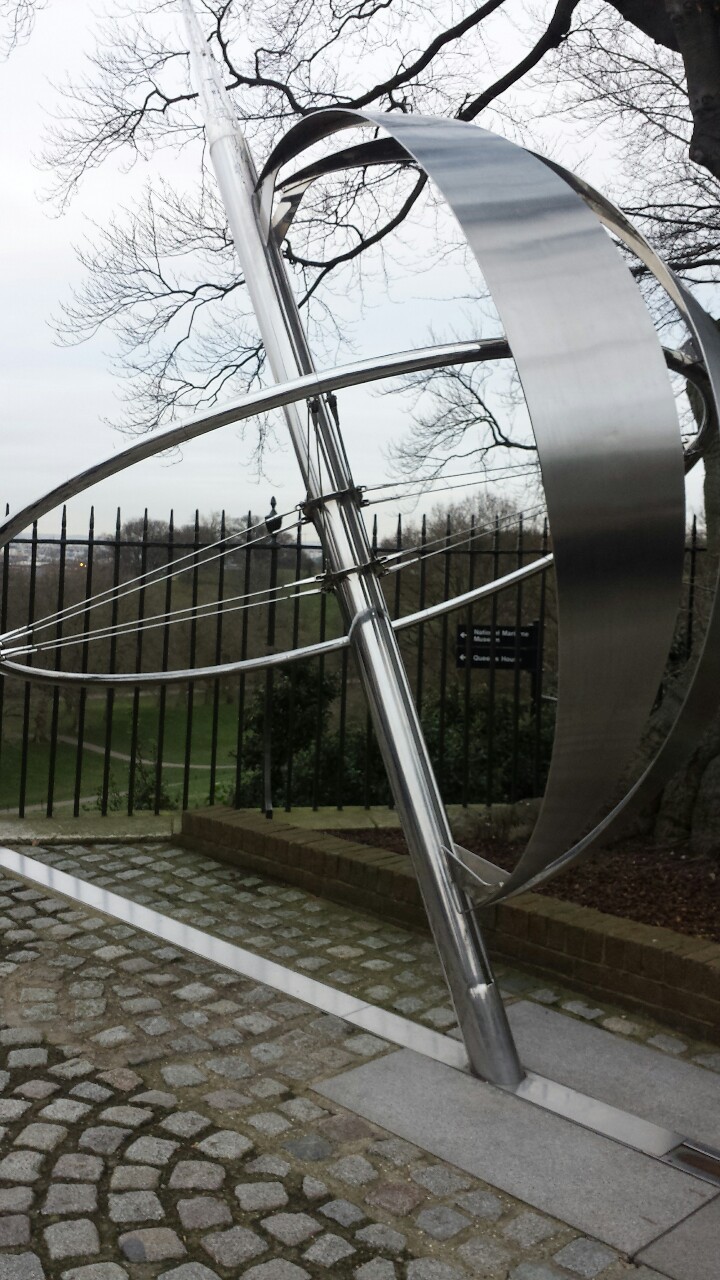

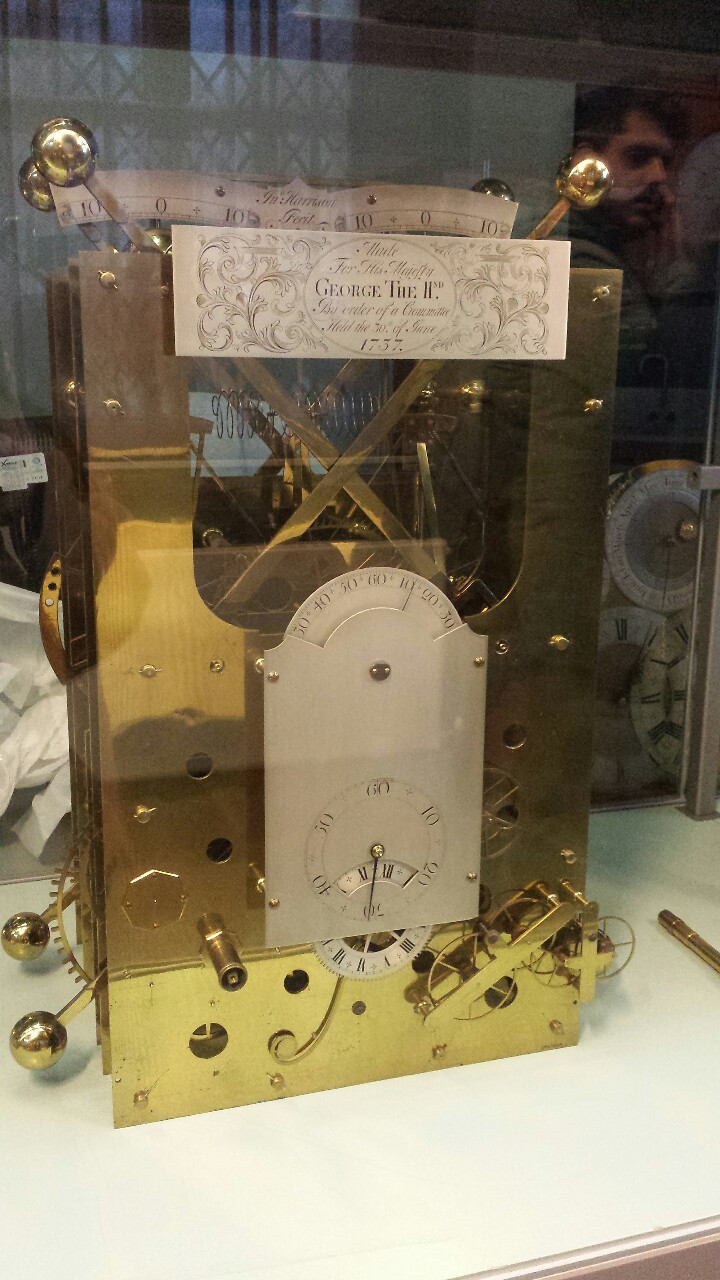
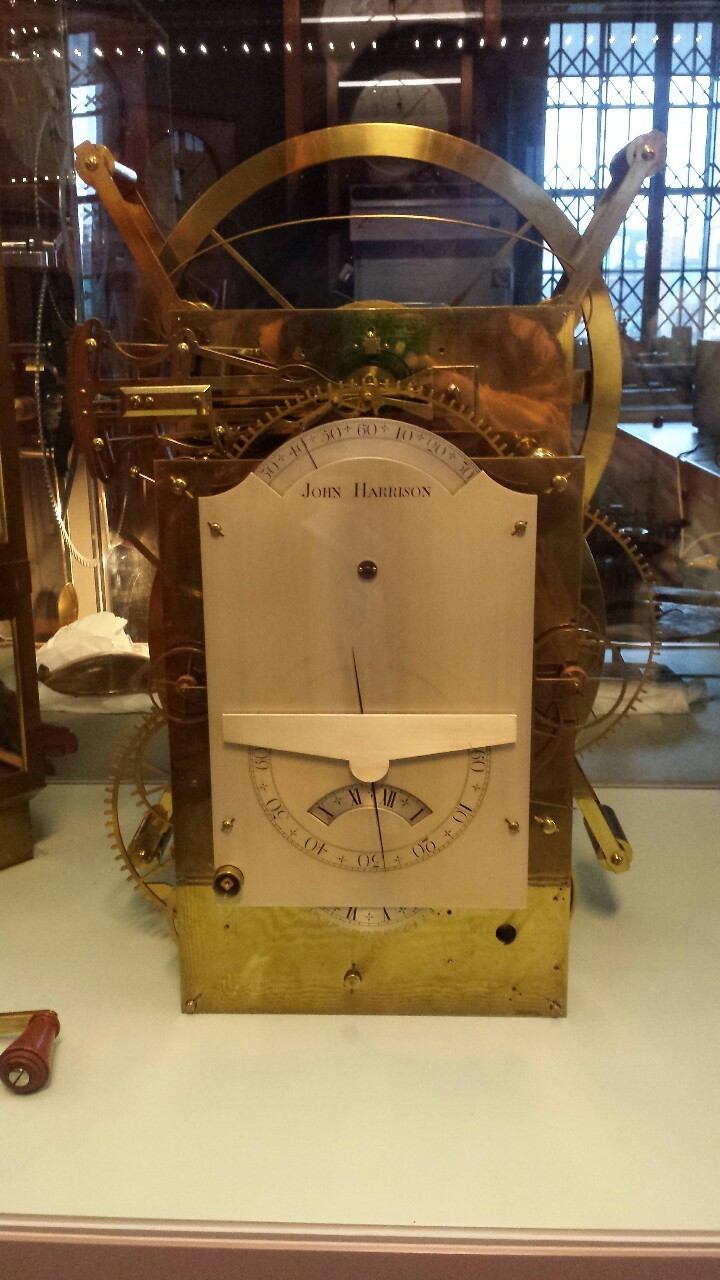
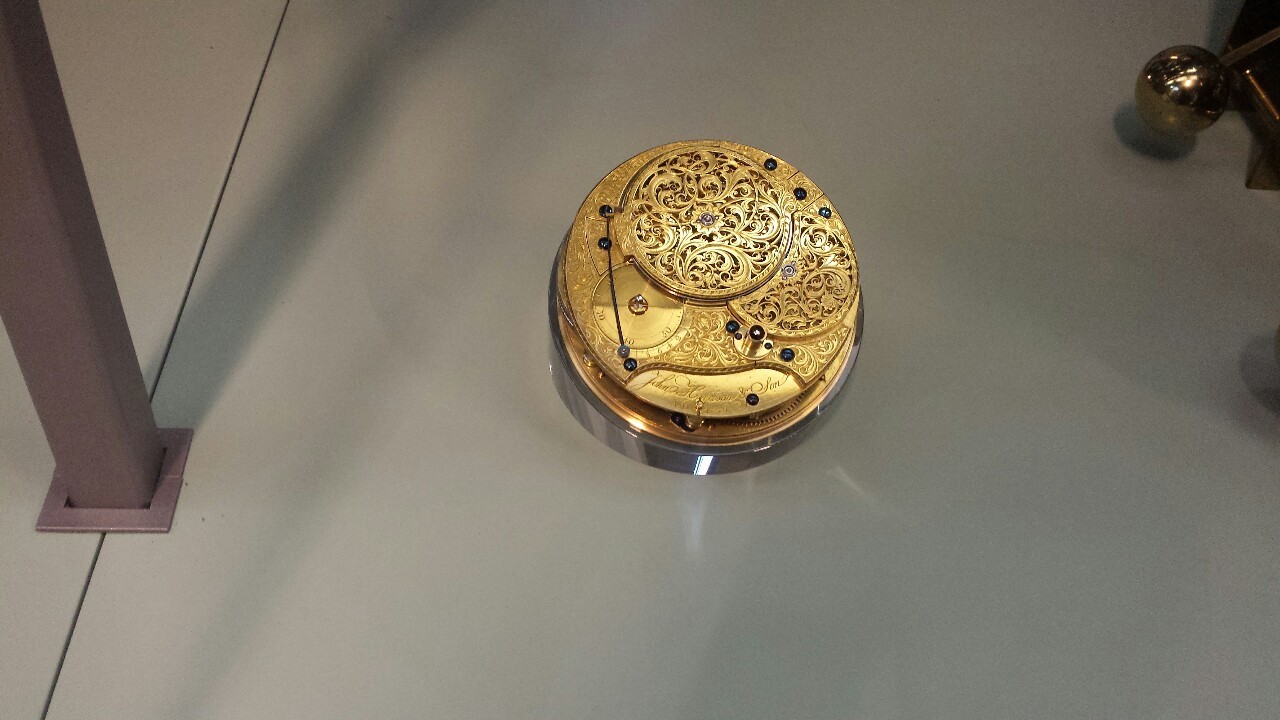
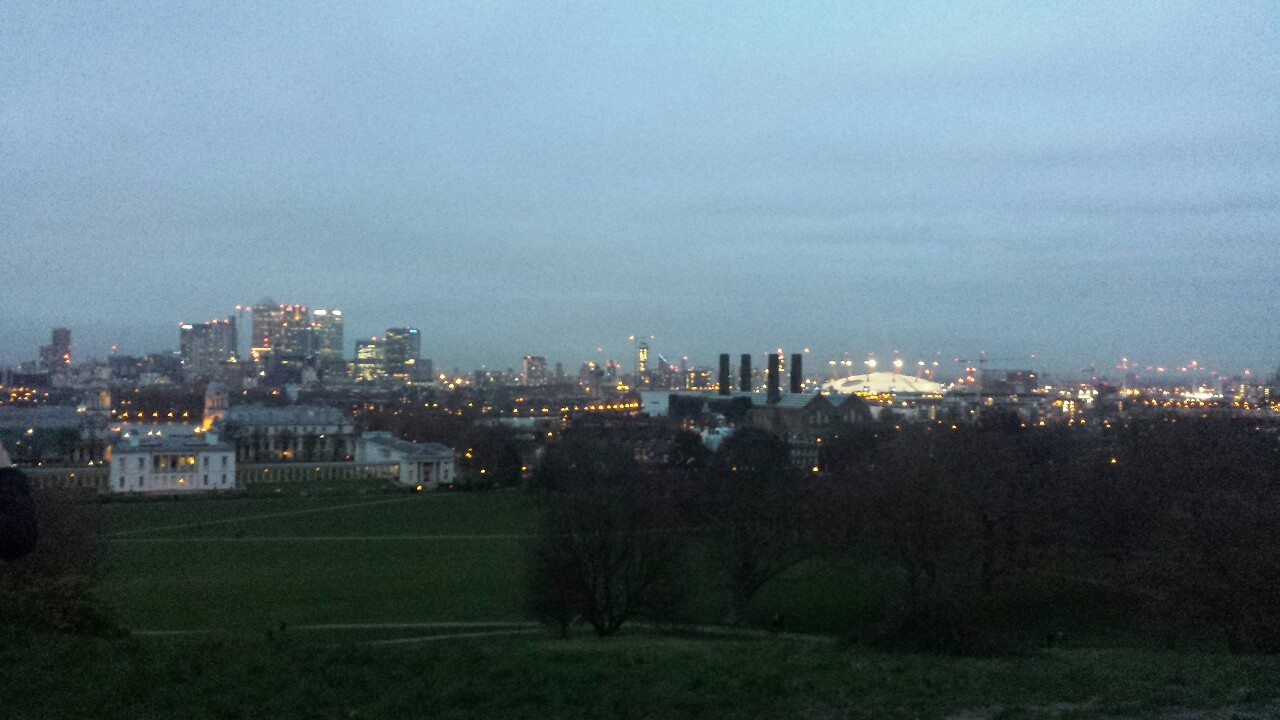



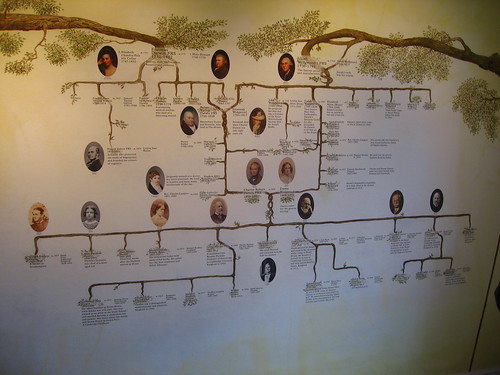











.jpg)